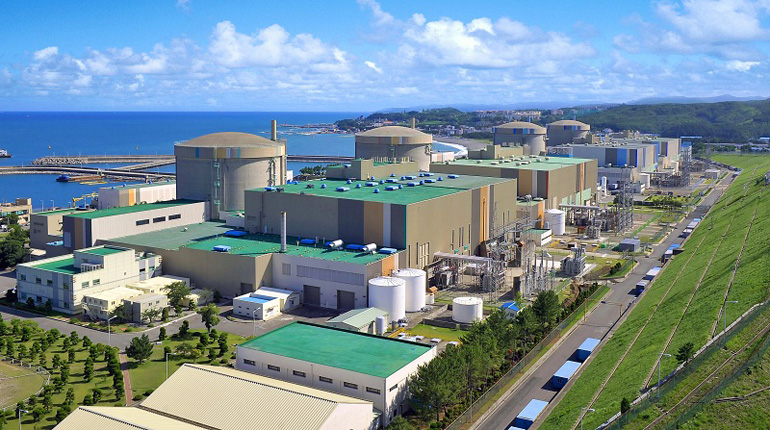 Wolsong nuclear power plant, South Korea. Four reactors at the plant have been temporarily shut down. (KHNP)
Wolsong nuclear power plant, South Korea. Four reactors at the plant have been temporarily shut down. (KHNP)
South Korea’s largest-ever earthquake has shown no signs of shaking the country’s LNG demand. The quake, which registered 5.8 on the Richter scale when it hit on 12 September, caused three gas-fired power plants and four reactors at the Wolsong nuclear plant to be temporarily shut down.
However, the offline nuclear capacity is not expected to lead to increased LNG demand, as it did when nuclear plants were forced to close in 2012. The 2012 shutdowns were a response to the discovery of components with forged safety certificates. This took a number of reactors offline for many months as safety checks were carried out and parts were replaced, driving up demand for fossil fuels, including LNG.
You must be a subscriber to read this content
Already a subscriber?
If you already have a subscription, sign in to continue reading this article.
Sign inNot a subscriber?
To access our premium content, you or your organisation must have a paid subscription. Sign up for free trial access to demo this service. Alternatively, please call +44 (0)20 3004 6203 and one of our representatives would be happy to walk you through the service.
Sign up


